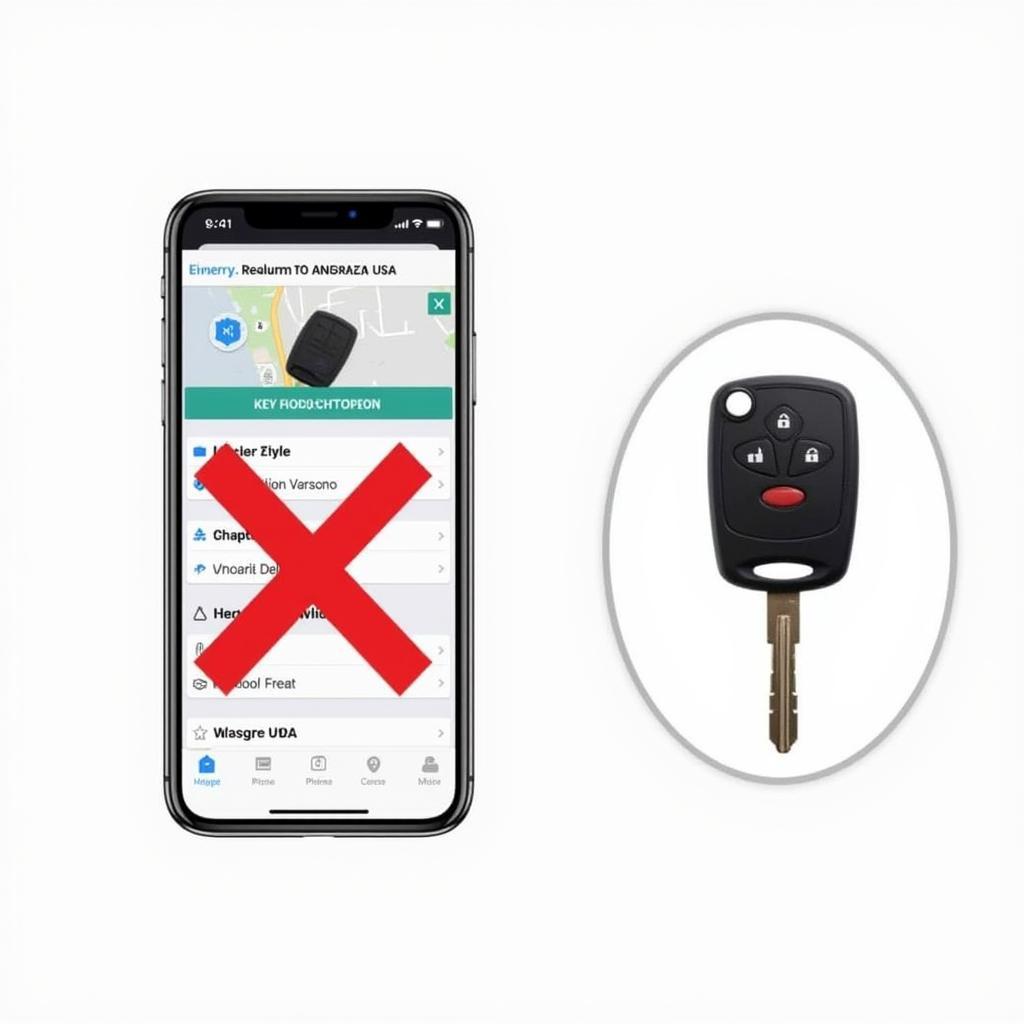The BMW Z4 is a stunning sports car known for its performance and handling. However, like any vehicle, it can experience issues that may trigger warning lights on the dashboard. Among these, the “Brake” and “ASC” (Automatic Stability Control) warning lights are common and can be concerning.
This article provides comprehensive guidance on understanding these warning lights, their possible causes, and steps to address them. We’ll also explore common scenarios and provide valuable insights from experienced technicians.
What do the Brake and ASC Warning Lights Mean?
The “Brake” warning light typically indicates a problem with the braking system, while the “ASC” light signals an issue with the vehicle’s stability control system. These warning lights should always be taken seriously as they can potentially impact your safety.
Understanding the Brake Warning Light
The “Brake” warning light can be triggered by several factors:
- Low brake fluid: Insufficient brake fluid levels can hinder the braking system’s performance.
- Faulty brake pad sensors: These sensors monitor brake pad wear and trigger the warning light when the pads are nearing the end of their lifespan.
- Malfunctioning brake calipers: Worn or damaged brake calipers can lead to brake fluid leaks or uneven brake pad wear.
- ABS (Anti-lock Braking System) problems: Issues with the ABS system can also activate the “Brake” warning light.
Understanding the ASC Warning Light
The “ASC” warning light indicates a problem with the Automatic Stability Control system, which helps maintain vehicle control during challenging driving conditions. Some common reasons for the ASC light to illuminate include:
- Faulty sensors: The ASC system relies on sensors that monitor various aspects of the vehicle’s movement. A malfunctioning sensor can trigger the warning light.
- Electrical issues: Problems with the wiring or electrical components associated with the ASC system can cause the warning light to appear.
- Low tire pressure: Uneven tire pressure can affect the vehicle’s stability and activate the ASC warning light.
- Malfunctioning steering components: Issues with the steering wheel, steering column, or power steering system can disrupt the ASC system’s functionality.
What to Do When You See the Brake and ASC Warning Lights
Seeing these warning lights can be alarming, but it’s essential to stay calm and act responsibly. Here’s what you should do:
- Pull over safely: Find a safe spot to park your car and turn off the ignition.
- Check the brake fluid level: Inspect the brake fluid reservoir and ensure the level is adequate. If it’s low, add brake fluid of the appropriate type.
- Check the tire pressure: Ensure all tires are properly inflated to the manufacturer’s specifications.
- Inspect the brake pads and rotors: If you’re comfortable with basic car maintenance, visually inspect the brake pads and rotors. If they are excessively worn, contact a mechanic for replacement.
- Contact a qualified mechanic: If you can’t identify the issue, or if the problem persists, contact a reputable BMW technician or a qualified mechanic specialized in automotive electrical diagnostics.
Common Scenarios and Possible Solutions
Let’s explore some specific scenarios involving the “Brake” and “ASC” warning lights:
Scenario 1: Both lights illuminate simultaneously, and the brakes feel spongy.
Possible Cause: Low brake fluid, worn brake pads, or a leak in the brake system.
Solution: Check and replenish the brake fluid. If the problem persists, have the braking system inspected by a mechanic.
Scenario 2: The “Brake” light flashes, and the ABS system is not working.
Possible Cause: A faulty ABS sensor, a malfunctioning ABS module, or a wiring issue.
Solution: Diagnose the ABS system using a specialized scanner tool. A mechanic can identify the problem and perform necessary repairs.
Scenario 3: The “ASC” light stays on, and the steering feels stiff.
Possible Cause: A faulty steering angle sensor, a malfunctioning ASC module, or a power steering issue.
Solution: Have the steering angle sensor checked, and inspect the power steering system. If the problem is with the ASC module, it may need to be replaced.
Expert Insights:
“It’s vital to address warning lights promptly, especially when they involve critical systems like brakes and stability control,” says John Smith, a certified BMW master technician with over 20 years of experience. “Ignoring these lights can lead to serious consequences, including accidents.”
“In many cases, simple troubleshooting steps can resolve the issue,” adds Sarah Jones, an automotive electrical diagnostics specialist. “However, if you are unsure about the cause, it’s best to seek professional assistance to avoid potential damage or safety hazards.”
FAQ
Q: What should I do if the “Brake” and “ASC” warning lights are on, but the vehicle seems to be functioning normally?
A: Even if the vehicle feels fine, it’s essential to have it inspected by a mechanic as soon as possible. These warning lights indicate underlying issues that could worsen over time.
Q: Can I safely drive my BMW Z4 with the “Brake” and “ASC” warning lights on?
A: It’s generally advisable to avoid driving with these warning lights illuminated. The brakes may not perform optimally, and the stability control system may not be functioning properly, increasing the risk of accidents.
Q: What are the costs associated with repairing brake and ASC system issues?
A: Repair costs can vary depending on the specific problem and the labor rates in your area. A simple brake fluid top-off might cost a few dollars, while a complex ABS module replacement could cost hundreds or even thousands of dollars.
Q: How often should I have my brake system inspected?
A: BMW recommends having your brake system inspected at least once a year or every 12,000 miles, whichever comes first. However, you should also check your brake pads and rotors visually every few months.
Conclusion
The “Brake” and “ASC” warning lights in your BMW Z4 are important indicators of potential problems. While some issues might be minor and easily resolved, it’s crucial to address them promptly to ensure your safety and prevent further damage. By understanding the meaning of these warning lights and taking appropriate action, you can keep your Z4 performing at its best and enjoy a safe and enjoyable driving experience.


